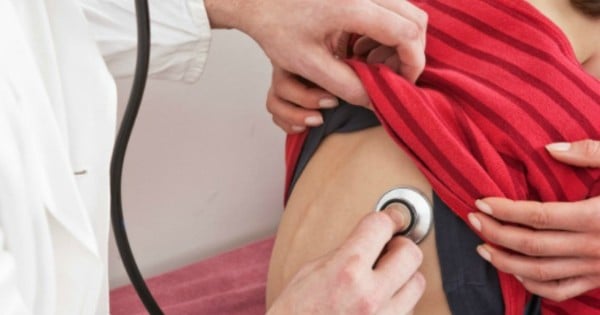

Healthy at breakfast, fighting for your life by dinner time: that’s how they describe this disease.
Meningococcal disease, while relatively rare, is one most of us have heard of, but we’re often unsure of exactly what it does – which in many cases, is kill, with a frightening ferocity.
There is really an important message Meningococcal Australia want you to know – that many of the deaths from meningococcal disease could have been prevented with an earlier diagnosis.
That’s why the experts are encouraging us to talk about it and to share information – so we can ensure anyone with the first symptoms can get treated in time to save their lives.
Professor Robert Booy, an infectious diseases expert from the University of Sydney and the Professor of Paediatrics at Westmead Children’s Hospital, has a quarter of a century’s worth of experience with researching meningococcal disease.
He has been involved in hundreds of meningococcal disease cases and is passionate about increasing awareness of the disease.
He urges parents to understand and share these 10 important facts about this potentially devastating disease.
1. Meningococcal disease is a serious bacterial infection.
Meningococcal disease is an acute bacterial infection that can appear in several different forms, depending on which part of the body the bacteria invade: meningitis, affecting the brain and spinal cord, or septicemia, which affects the blood. You can also contract a combination of both.
2. Do not wait for the purple rash to appear before seeking treatment.
The meningococcal rash indicates bleeding into the skin. The rash may start with a simple spot or rash anywhere on the body, then may progress quickly to red pinpricks like small mosquito bites, and/or spread quickly into purple bruise like blotches.



Top Comments
I had meningococcal meningitis 2x as child. The first time at 7 years and again at 9 years. One symptom that is not mentioned in the article is a stiffness and pain of the neck. I am almost 40 but I remember with absolute clarity and vividness the excruciating headaches, the throwing up and my neck being so stiff I couldn't nod my head or bring my chin down to my chest.